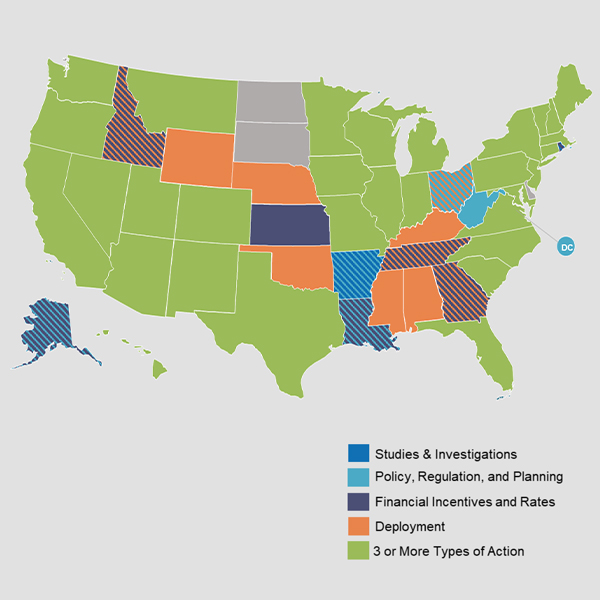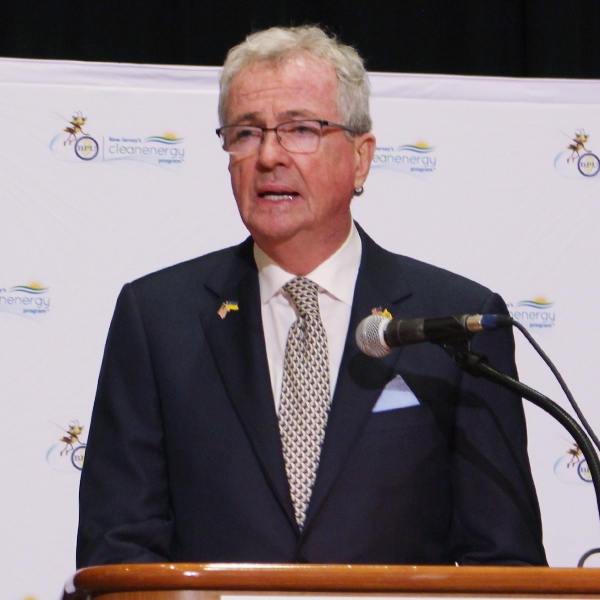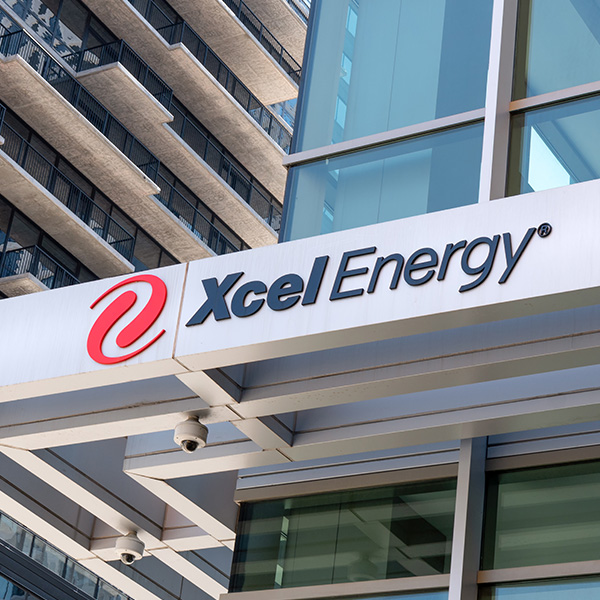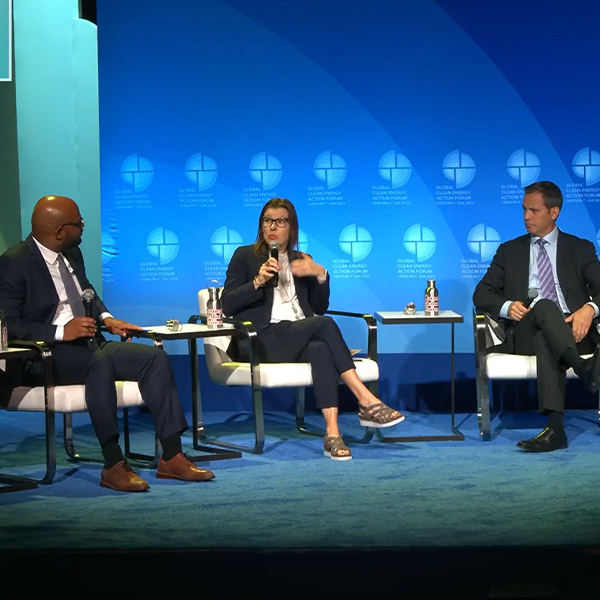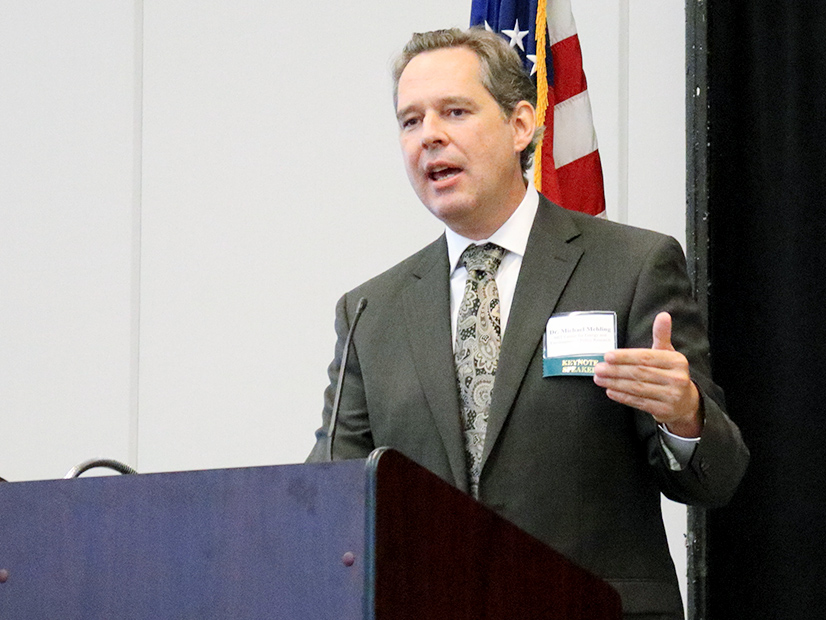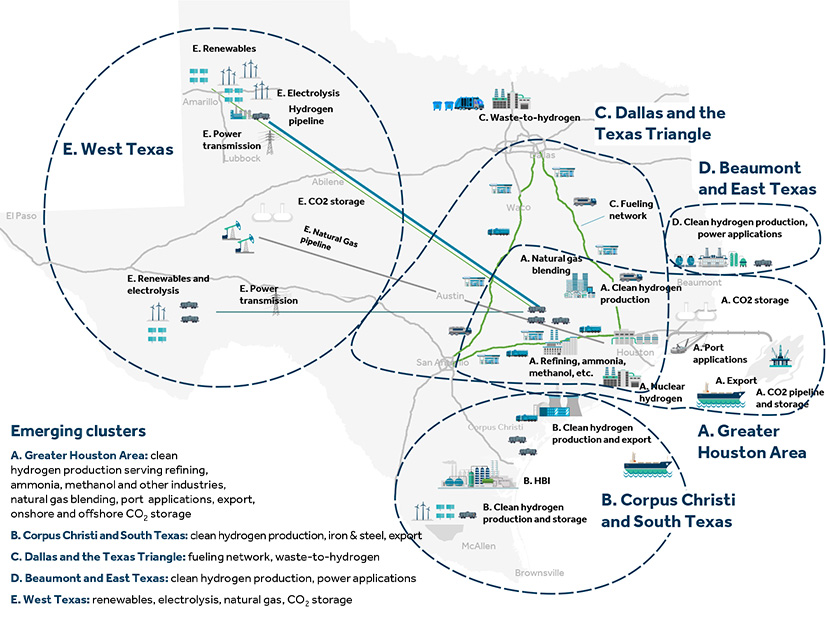Commentary & Special Reports
States need to fund, shape and incentivize projects that contribute to their emission-reduction goals, a speaker told New Jersey’s Clean Energy Conference.
New Jersey has formed a multi-stakeholder task force to plan how to accelerate the effort to reduce emissions from buildings, Gov. Phil Murphy announced.
Many large greenhouse gas emitters incentivize their executives insufficiently or not at all to reduce those emissions, a corporate watchdog group reported.
Jigar Shah has taken the Energy’s Loan Programs Office from a largely dormant part of DOE to an office processing applications for loans totaling $86.5 billion.
Hydrogen will be the new oil if national governments, including the U.S., can make it happen.
Conservatives' plan to reach net zero includes contributions from gas, nuclear and hydrogen, speakers said at the National Clean Energy Week Policy Symposium.
A series of "fireside chats" at the Global Clean Energy Action Forum focused on what steps the U.S. must take to develop a competitive clean energy sector.
Record government spending will not mitigate climate change without philanthropy continuing its role, speakers told the Global Clean Energy Action Forum.
Europe's retreat from electric competition and single-price clearing auctions are trends that could spread to the U.S., the IPPNY Fall Conference was told.
Infocast’s Hydrogen Hubs Summit was intended to focus on the $8 billion in federal funding for clean hydrogen hubs authorized in the IIJA.
Want more? Advanced Search
